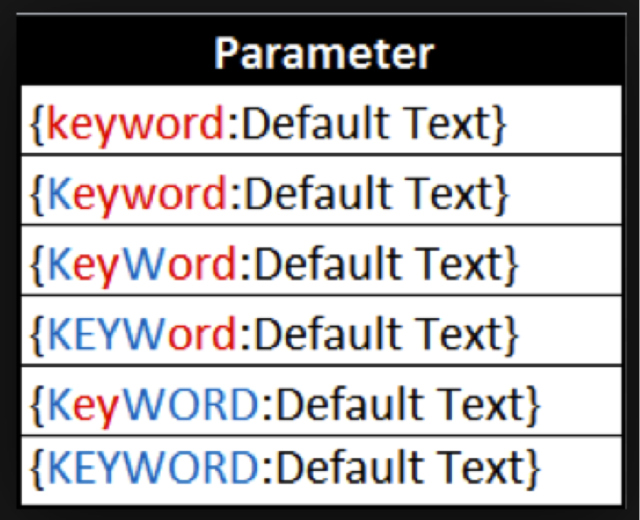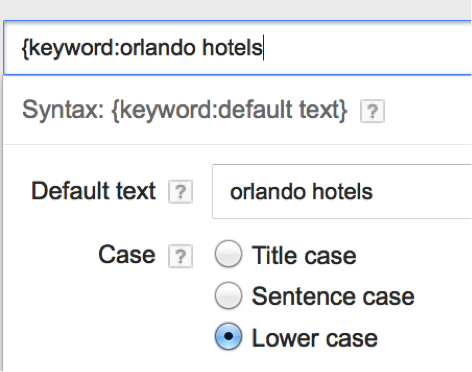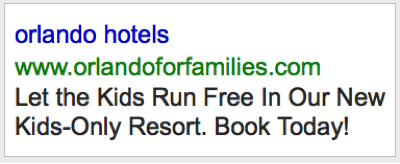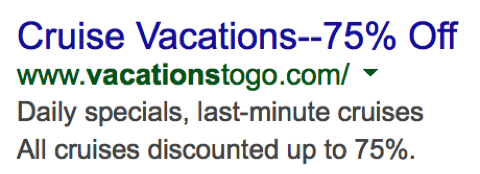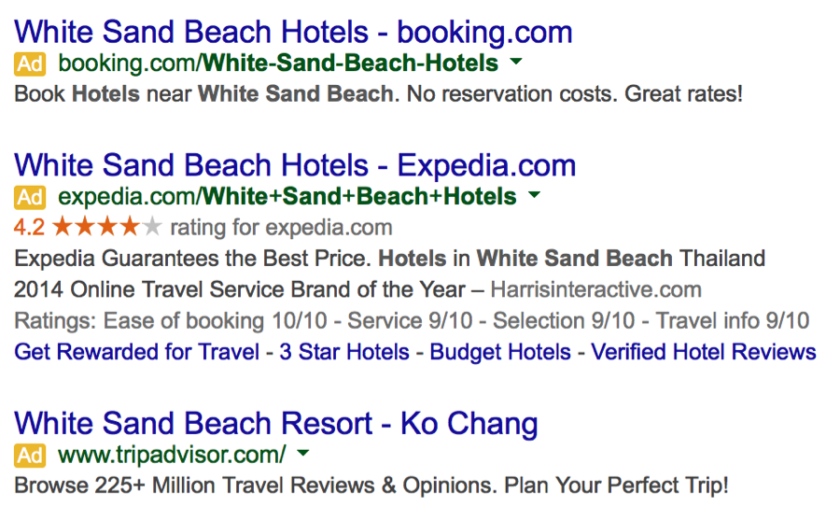Although Paid Search advertising is something that can be learned over time, there are always areas of performance that need further guidance. One example of this is your ad copy. Now, we’ve given you example after example of why to test, what to test, and all the elements of ad copy that you need to utilize in your PPC account. But there are still things, very basic things, that may be causing you trouble.
Today we’re going to review the top 7 reasons your ads struggle and how you can remedy them. Even the most seasoned PPC veteran falls prey to these slip ups now and again, so be sure to check your ads closely.
1) Proper Use Of Dynamic Keyword Insertion
We at PPC Hero have given you some pretty silly ideas of how DKI can backfire, and some examples of results that might get you in hot water. But there are still simple errors to encounter, namely by the misuse of your capitalization within the keyword.
So here is a reminder from your friends at Bing about how to properly use the keyword/Keyword/KeyWord function:
If you’re building a DKI ad directly in the AdWords interface, you will see this:
That’s right, you’re now given one of three choices for how your dynamically inserted keyword will appear. Title case (all words are capitalized), Sentence case (only the first word of the phrase), and lower case (which doesn’t capitalize anything). When you’ve made your choice, the window will refresh with the new setting, as seen above.
Warning: Just because you’ve chosen the DKI capitalization, doesn’t mean you can get lazy with your own ad writing. The ad above, if I left it was it was, would have a default heading like this:
Even the smarty pants make mistakes!
2) Missing The Call To Action
Sometimes, we get so obsessed with choosing the right feature or benefit that allows us to stand out from our competitor, we completely miss a Call To Action in our ad! Although no one says it’s required of your ad, it certainly helps the user envision the conversion process.
While the ad below gives some key words for a last-minute planner, such as “last-minute” and “75% off,” there isn’t a call to purchase in this ad copy.
3) Spellcheck Can’t Save You Now
I only bring light to this issue, because, in our current day of over-stimulation and reliance on devices, it happens more than you’d think.
Great spelling cannot always save you.
Yes, spellcheck catches misspellings, but what if I just choose the wrong work, but because it isn’t spelled incorrectly, no one catches it? (See what I did there…?)
4) Over-Customizing Your Ads
When you have a business in which you can customize all the details, you stand the chance of over customizing your copy. Just because you can include one thousand details doesn’t always mean you should.
Example: Do you have a culinary program offered in Kentucky each semester? Excellent!
But before you roll out ads for “ Foodservice Management in Health Care” Class, running from August 24 to Nov 12, in Louisville Kentucky, make sure to test what language is the most impactful. Is it the program? The course title? The dates? Does mentioning the location as Kentucky, Louisville, or The Highlands work best?
There are many strategies about how to approach your ad targeting. Depending on the geo-targeting in your campaigns, you might be speaking about a suburb to someone who lives 500 miles away. Whatever your structure, be intentional about your choices.
5) Landing Page Issue
Unfortunately, a very common issue for non-converting ads has to do with the landing page experience. We’re not talking Conversion Rate Optimization, here, but more the lack of products on the page.
Sending people to a 404 page, “promotion no longer available,” or out-of-stock product page is the quickest way to lose a customer’s attention and their loyalty. Do yourself a favor and regularly check your URLs for anything broken.
There are several free options for checking your 404 page, including taking a look at your Google Webmaster Tools under the Crawl Errors. Russell Savage also provides a nice script that keeps you updated on the error pages that pop up when your ad URLs are prompted.
6) Ad Extensions
Another reason you might see your ads failing to engage users is the lack of flash.
How does your ad compare to your competitors? There are many ad extensions to activate in an AdWords or Bing Ads account, including sitelinks, call extensions, callout extensions, and reviews. And once they’re up and running, users have more opportunities to learn about and engage with your business.
7) You’re Teaching Not Harvesting
Ads are intended to complement the user’s search. If they’re looking for a product or a service, your ad copy is set to meet those expectations, right? When the goal in your ad copy moves away from this, the relevance goes with it.
As an example, let’s search for the phrase “Laguna Beach Resort with athletic facilities.”
The first position ad returned:
Although this ad is chock full of all sorts of great selling points and is ranked #1 in the SERP – where are my athletic facilities? When I click on the link, I’m still not shown anything that implies activities until I dig into the site a bit more and find that it’s near a lot of trails, jet ski rentals, etc.
What’s the issue? If I’m trying to promote something in an ad, such as the Award Winning Spa or Oceanfront Pool, I need to understand that I might lose the click or the conversion from someone who wants something else.
Solution: If you’re trying to educate while you generate conversions for your business, consider including the features in your Branded and Remarketing text ads. Because the user is already familiar with your business, there is a greater chance that they will learn from the ad instead of getting frustrated at the lack of information. You might also try adding this into your display ads, where the overall experience is much more passive. Because you’re not trying to answer their queries with an ad, more so you’re striving to show an image ad at the right time to an online user, this allows for more variety in your messaging.
Although the road to ad copy is riddled with potential errors and shortcomings, little by little you can work troubleshooting into your ad management. This provides an opportunity to not just test and grow your content, but keep everything running in ship shape!



